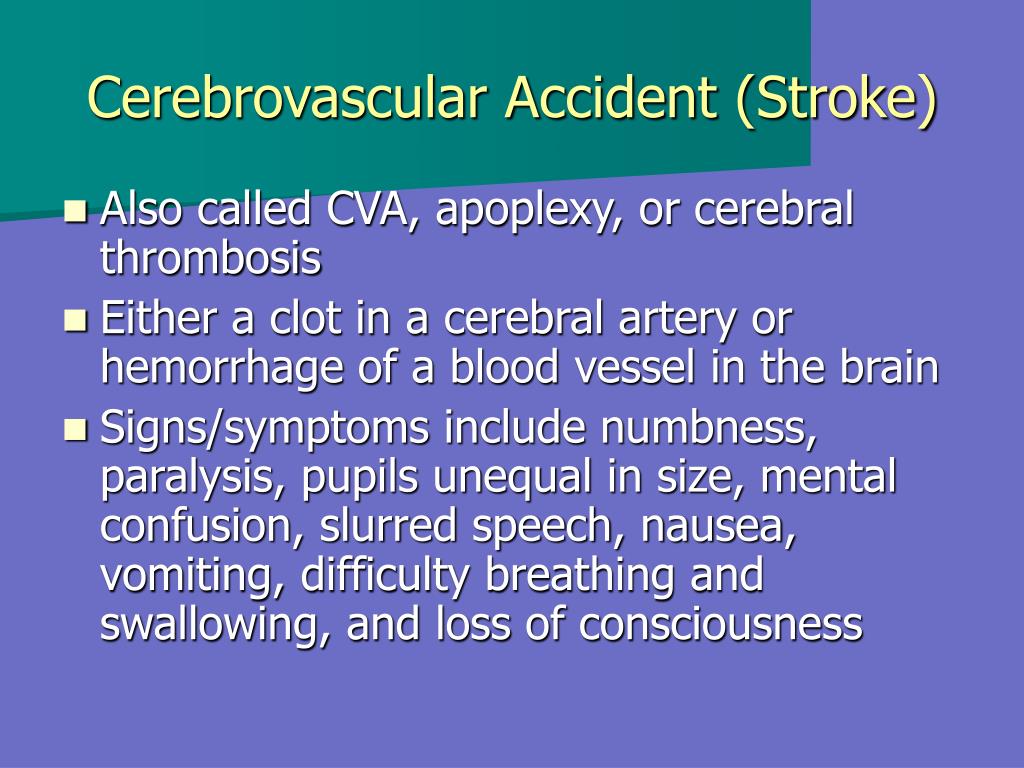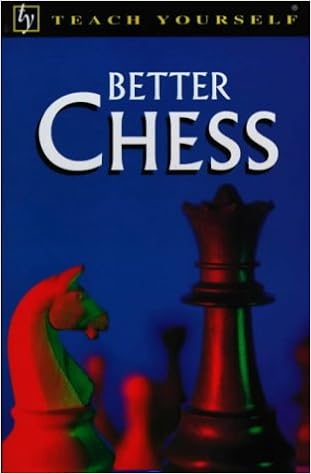

However, this scale has limitations and weaknesses in its application. The NIHSS measures the neurological severity of the disease and effectively predicts the patient’s prognosis. The National Institute of Health Stroke Scale (NIHSS) is the best known and most referenced protocol and is used in several countries. There are other validated and accurate scales worldwide for assessing stroke patients. Following the specialists’ review, the nursing outcome was reliable and clinically validated with 13 indicators: consciousness, orientation, language, central motor control, cranial sensory and motor function, spinal sensory and motor function, body temperature, blood pressure, heart rate, eye movement pattern, pupil size, pupil reactivity, and breathing pattern. A strong correlation between the two scales and agreement among all the indicators were observed. In Phase 4, only 13 indicators were validated due to the impossibility of measuring intracranial pressure. The focus group suggested changes in the definitions and the exclusion of two indicators. Of the 22 initial indicators, 6 were excluded. The reliability was measured by Cronbach’s alpha. In Phase 4, the results were applied in clinical practice and convergence with the National Institute of Health Stroke Scale was verified. In addition, their content was validated with a focus group in Phase 3. In Phase 2, conceptual and operational definitions were formulated. In Phase 1, the relevance of the indicators was evaluated by seven specialists and the modified kappa coefficient and content validity index were calculated. A methodological study was performed in four phases. This study aims to validate the nursing outcome “Neurological Status” for patients with cerebrovascular diseases. These approaches allow our surgeons to access tumors and other abnormalities with smaller incisions, less scarring and faster recovery times.Nurses play an important role in healthcare, and the Nursing Outcomes Classification is a key tool for the standardization of care. Using minimally invasive techniques, we’re able to perform orbital surgery through the skull base, sinuses, cranium and nasal passages. Orbital surgeons can also reconstruct the eye and surrounding tissues. These include issues related to the tear ducts, eyelids, eye structures and face. Our team of oculoplastic surgeons specializes in the latest surgical techniques to treat problems of the orbit, or eye socket. When you have a serious eye problem – an eye socket tumor or eyelid abnormality – you need cutting-edge care from skilled, experienced practitioners. This misalignment can cause different types of strabismus, including: Strabismus happens when one eye looks directly at an object or person, and the other eye looks inward, outward, upward or downward. Some conditions treated by neuro-ophthalmologists are related to strabismus, where both eyes are misaligned and can’t work together as a team.

Optic nerve problems like optic neuritis and ischemic optic neuropathy.Some of the most common vision conditions evaluated by neuro-ophthalmologists include:

No matter what kind of neuro-ophthalmological condition you have, our team has the experience to make an accurate diagnosis and recommend the right course of treatment for you. Sometimes the problem is confined to the optic nerve or the nervous system, and other times it’s related to a general medical condition. Neuro-ophthalmologists have the unique ability to evaluate patients from a neurologic, ophthalmologic and medical perspective in order to diagnose and treat a wide variety of conditions.Īlthough some problems treated by neuro-ophthalmologists aren’t worrisome, other conditions can worsen and cause permanent visual loss – or even become life-threatening. Conditions treated by a neuro-ophthalmologist near you And at Aurora Health Care, you’ll get advanced treatment options tailored to your unique needs and condition. In addition to getting the most accurate diagnosis and treatment, you can often avoid costly medical testing by seeing a neuro-ophthalmologist. In other words, they help with visual problems that don’t come from the eyes themselves. Our neuro-ophthalmologists have specialized training and expertise treating visual problems related to the nervous system. Neuro-ophthalmology, a subspecialty of neurology and ophthalmology, is used to treat problems of the eye, brain, nerves and muscles. These include eyesight, eye movement and more. Minimally invasive robotic brain surgeryĮvery day, you use nearly half of your brain for vision-related activities.Parkinson's disease & movement disorders.Choroid plexus tumor symptoms & treatment.


 0 kommentar(er)
0 kommentar(er)
